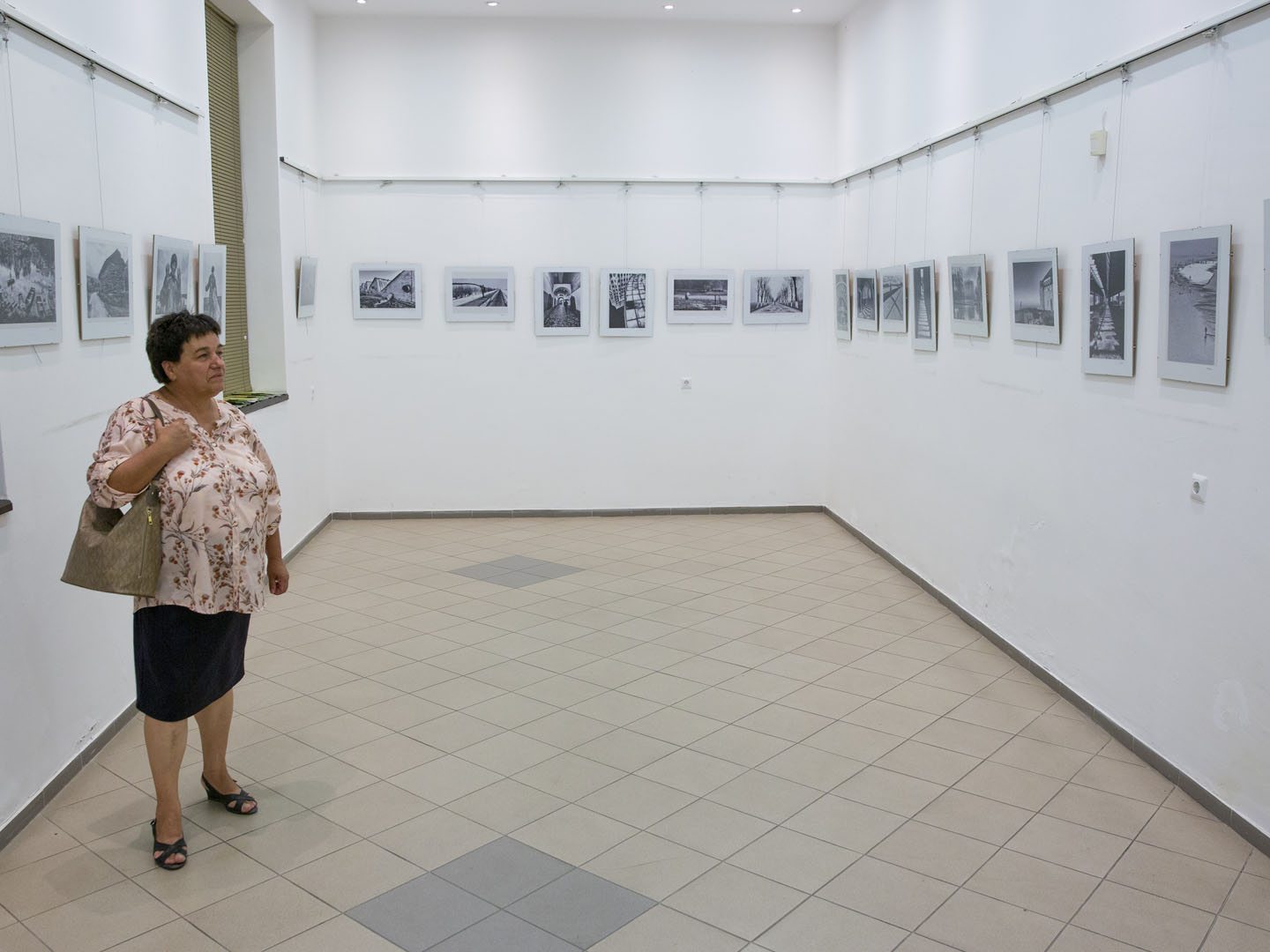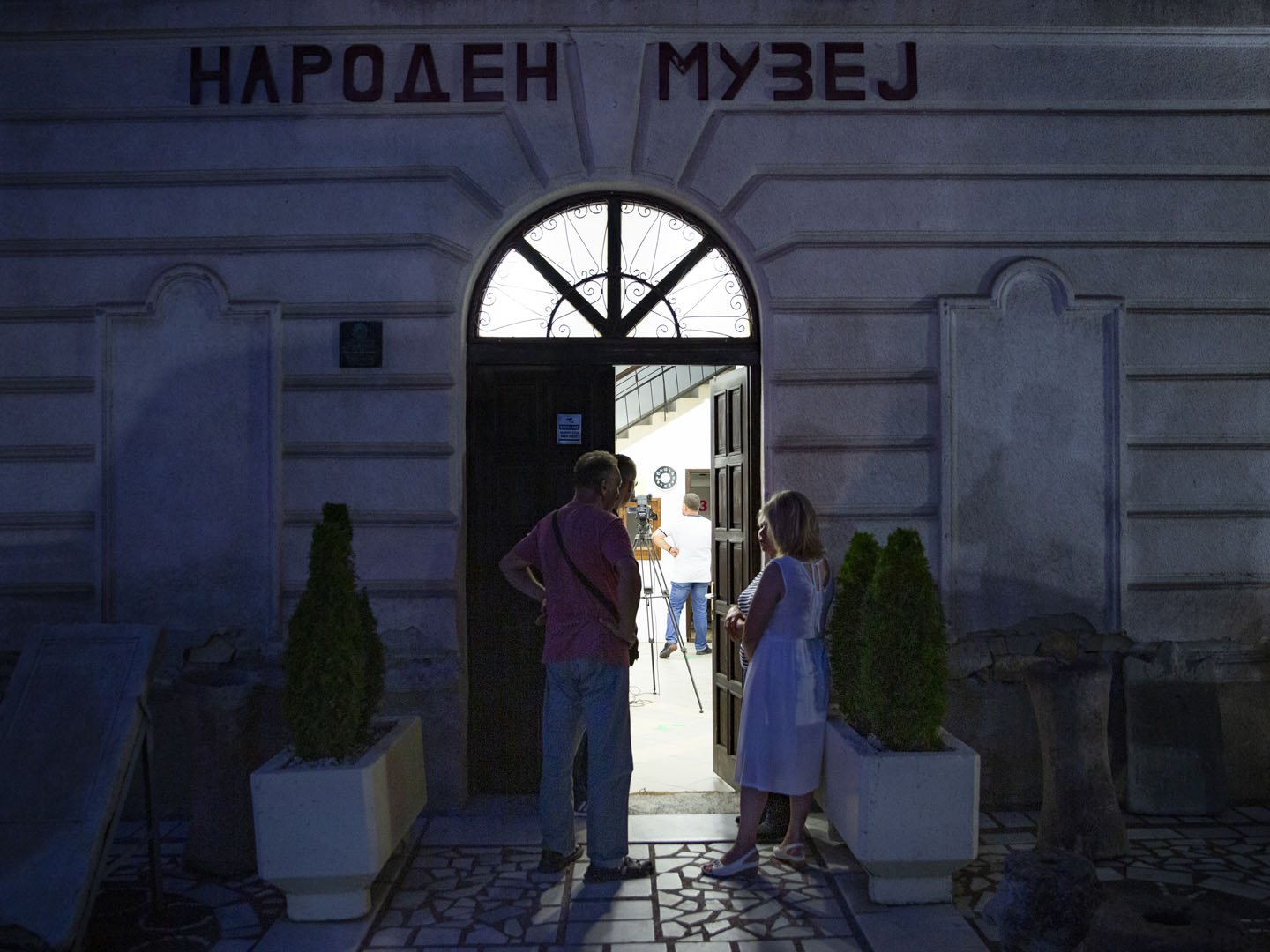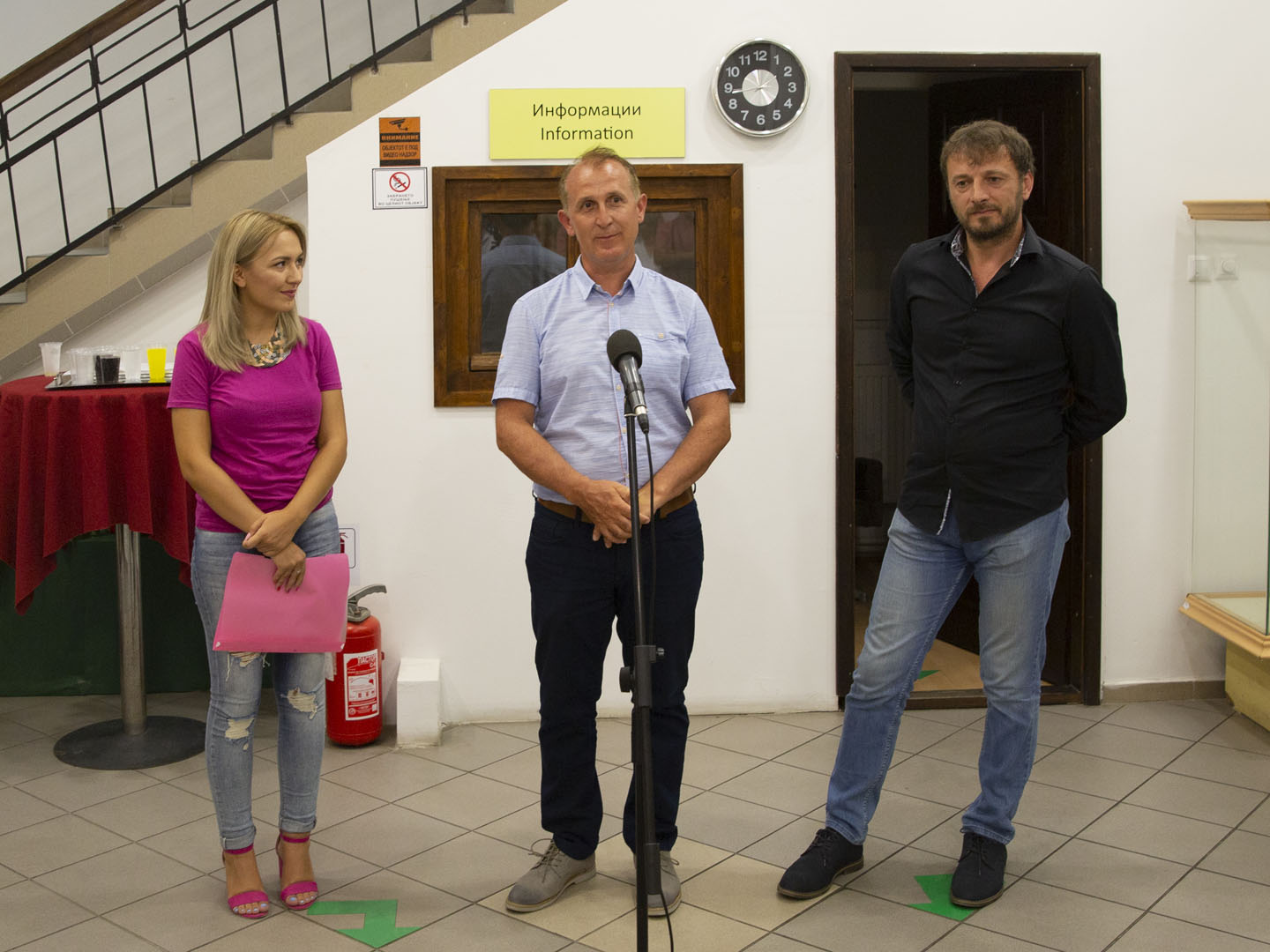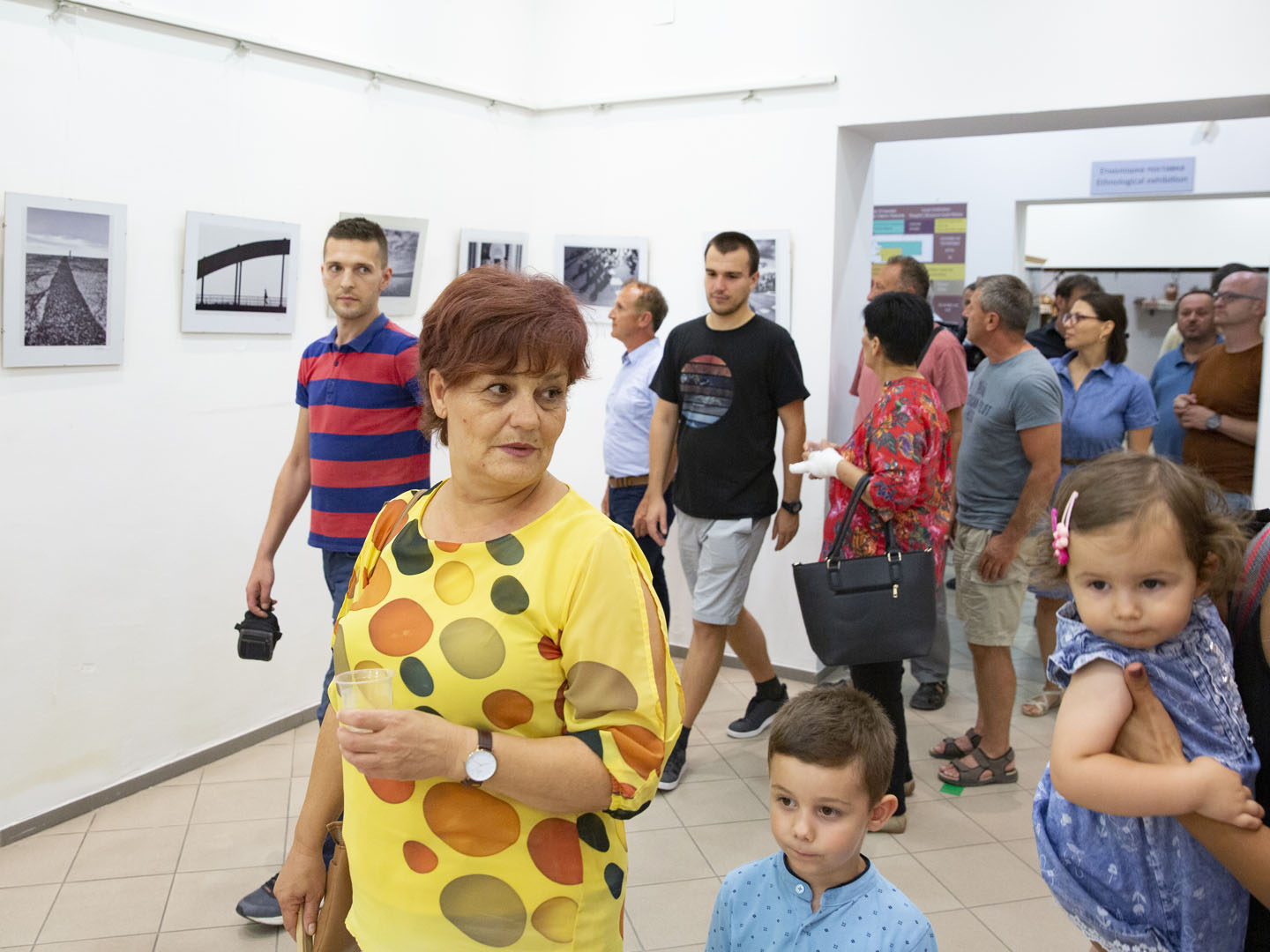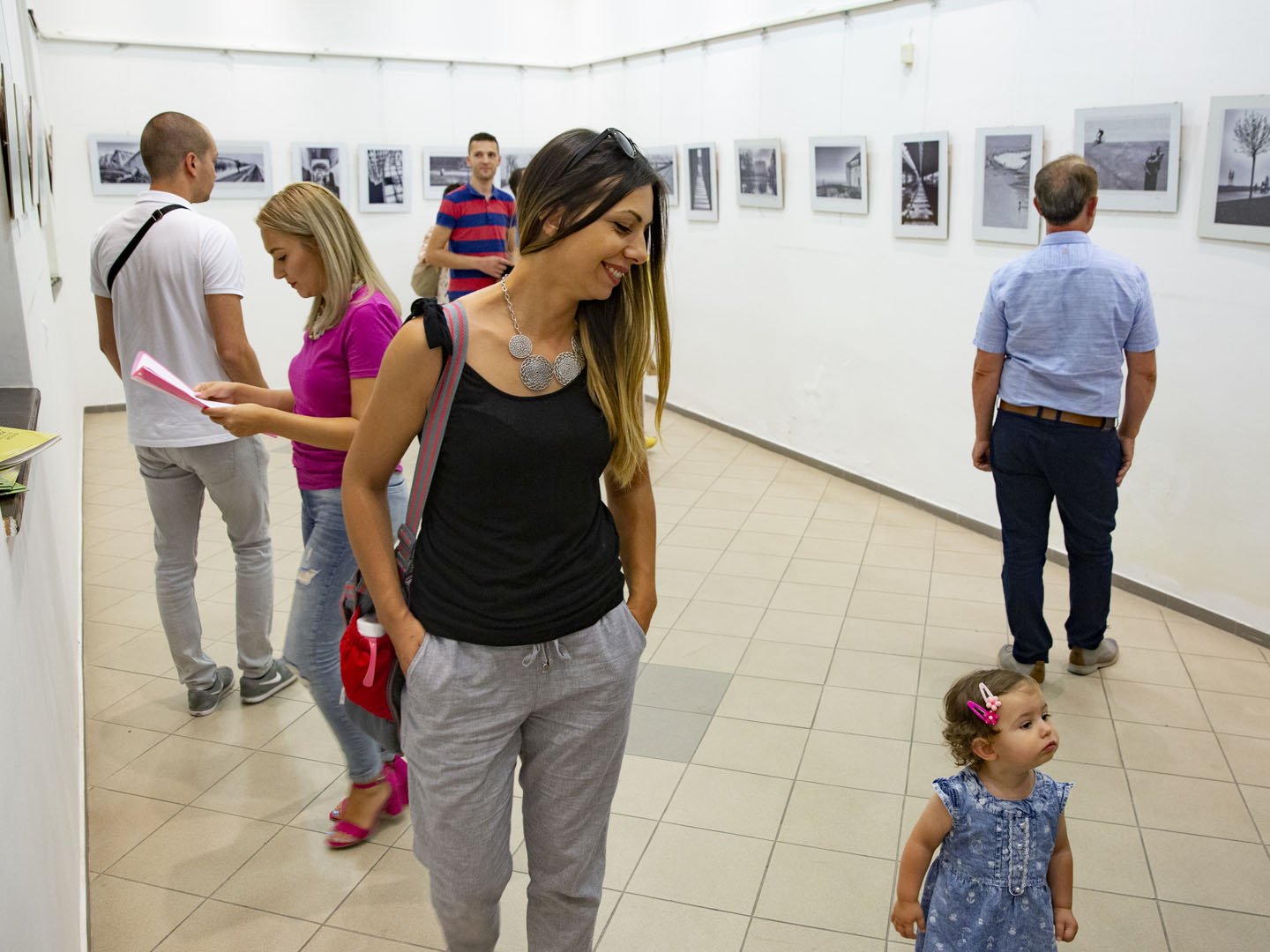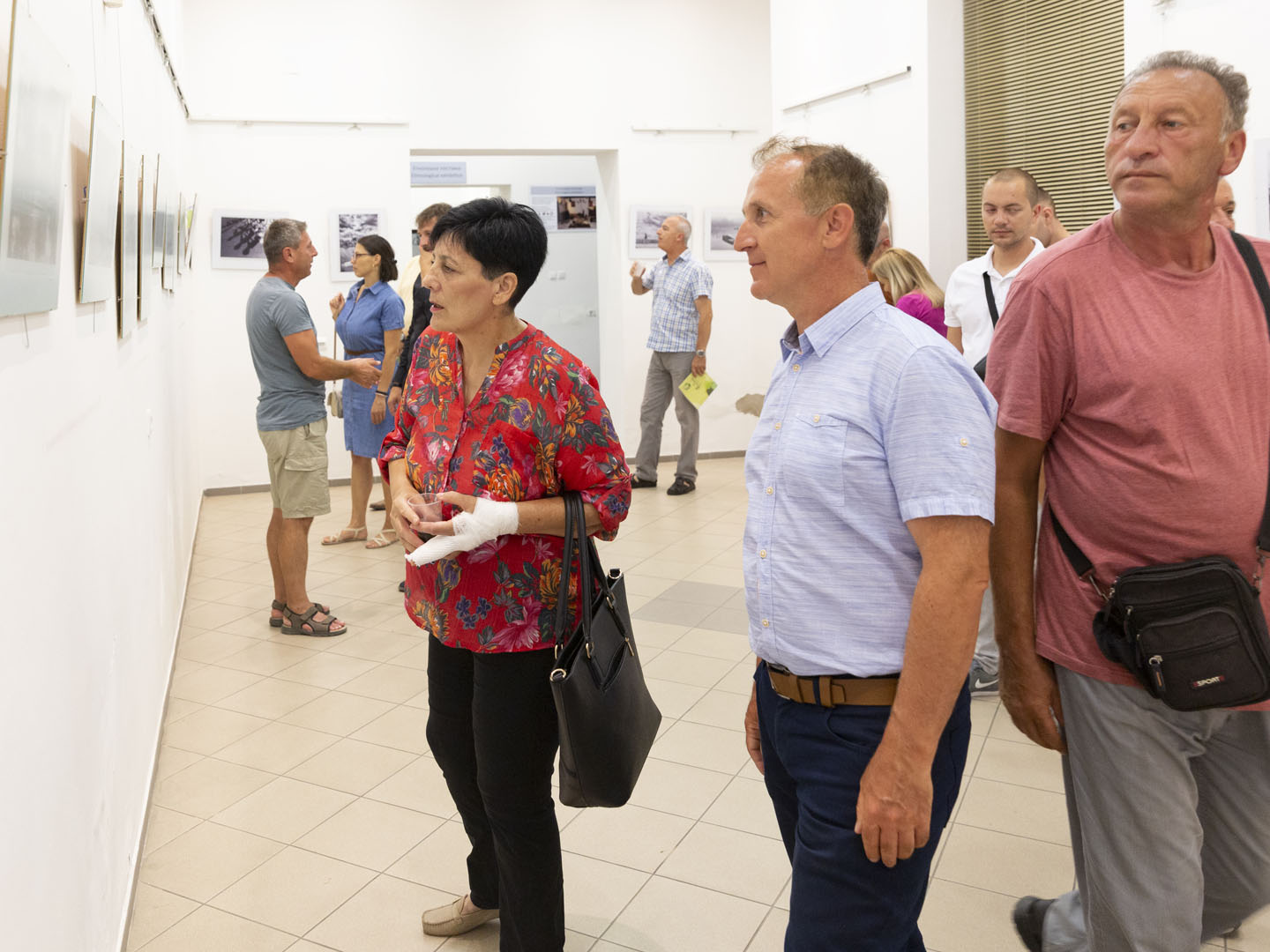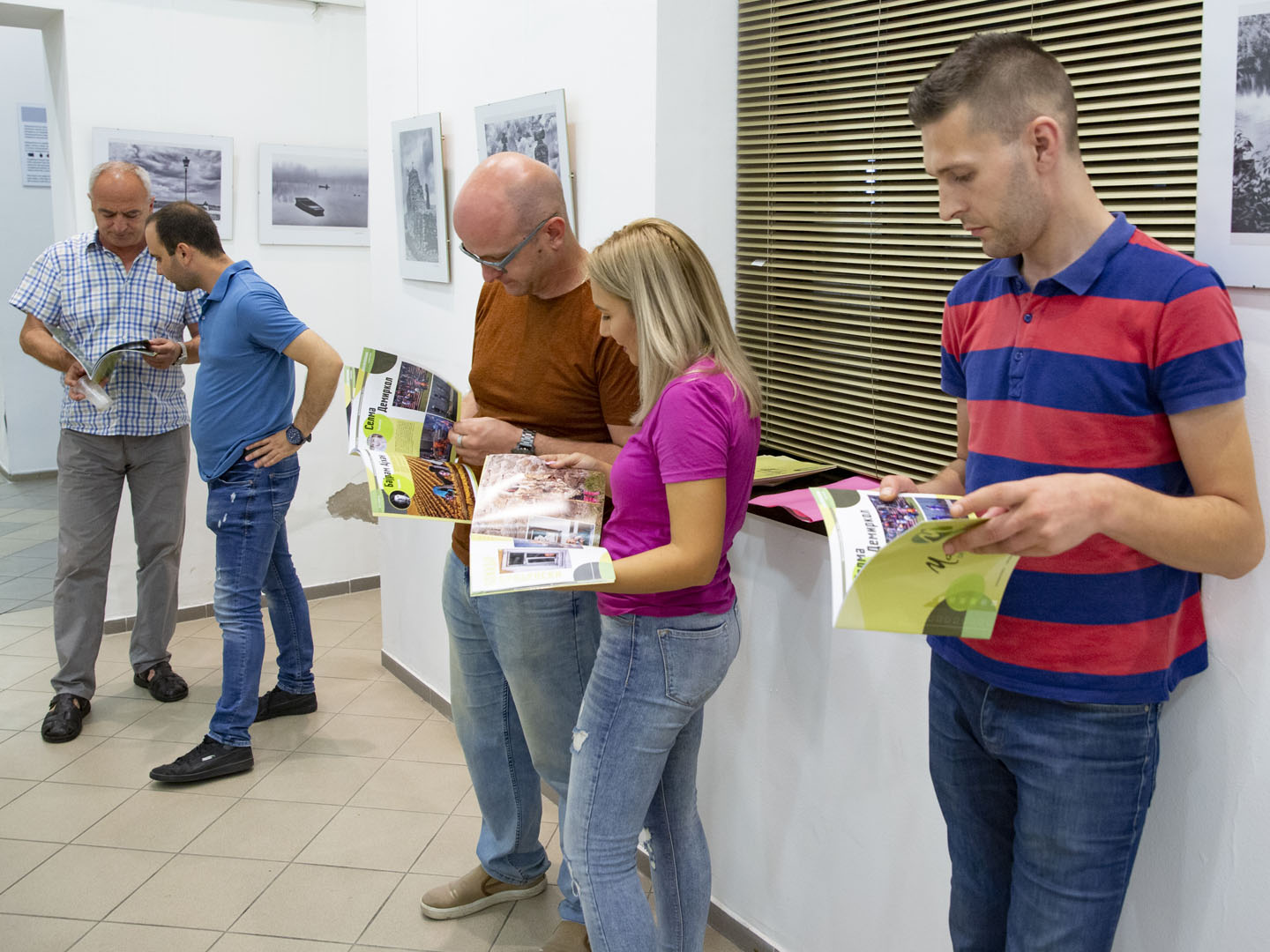Jan Valo’s photographs are interwoven with an existentialist thread that, through a gesture captured in a photograph, connects us to the lost and motivates us to search for what, as Milton would say, is ‘paradise lost.’
The objects in the photos are always different. In some images, the objects serve as characters, capable of interaction and conveying a message. In other photos, the objects are natural phenomena. This implies that the homonymy of the objects is not a universal feature by which Jan Valo’s photographic authorship can be recognized.
Through his photography, Valo seems intent on awakening us from the dogmatic slumber of everyday life. He shows us that the phenomena of our daily existence are only perceived as ‘normal’ due to their repetitiveness. Focusing on a single object piques our skepticism and encourages us to peer beneath the veil of superficiality. Valo’s photographs transform the mute and conformist dogmatist into an incorrigible skeptic and seeker.
In the photographs where the object functions as a character transmitting a conscious and intentional message, an existentialist feeling is conveyed. The complex of existential emotions is reflected in displacement from the comfortable rhythm, questioning, discomfort, and concern.
However, in photographs where the central objects are natural phenomena, such as clouds in the sky indicating rain, they carry a strong optimistic note. This optimistic note lies in the magical element of the ‘personification’ of natural phenomena. Additionally, Valo, akin to Immanuel Kant, reminds us that beauty is not the exclusive right of art but also exists in nature. The difference is that the natural beauty in Valo’s artistic photographs is multiplied and nurtured.
